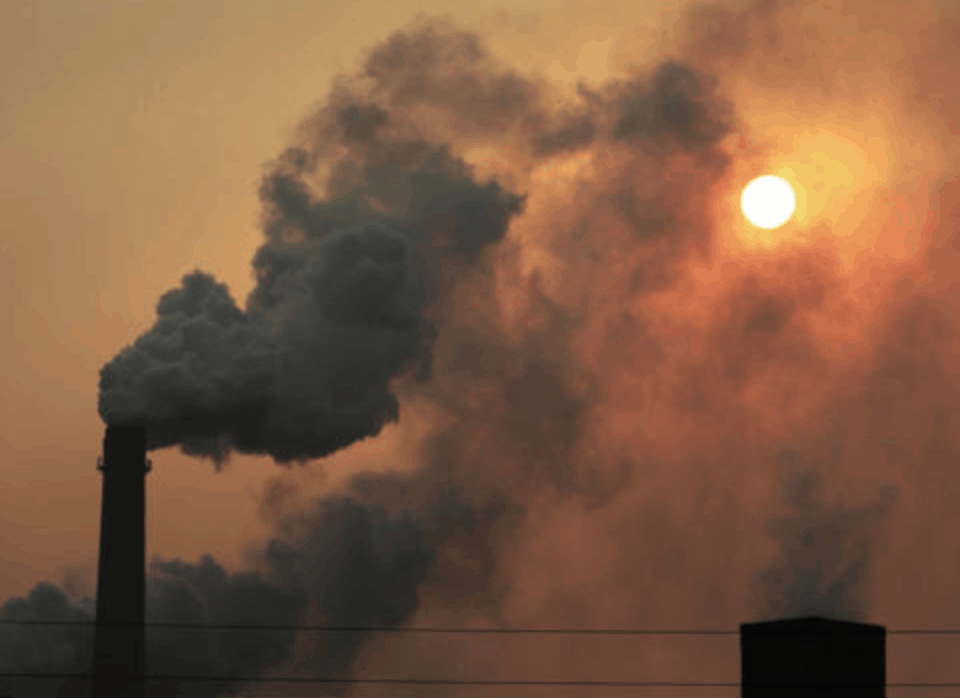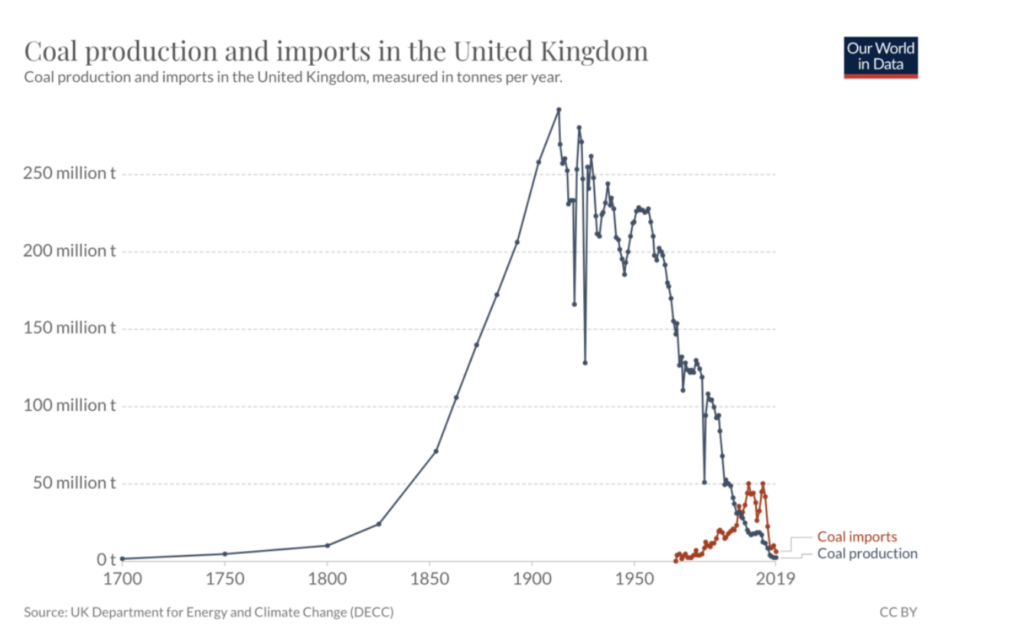The Ratcliffe-on-Soar power station in Nottinghamshire is the UK’s last coal-fired power station, and it is set to close on 30th September this year. The power station has been generating electricity for the last 57 years.
In 1967, it was commissioned by the Central Electricity Generating Board.
The Central Electricity Generating Board was responsible for generating and transmitting electricity in England and Wales from 1958 until the privatisation of the electricity industry in 1990.

Why is coal production ending?
Coal is a fossil fuel that has been generating electricity in the UK since the Industrial Revolution. Sadly, the burning of fossil fuels has been instrumental in global warming. When coal is burnt, it releases gases such as CO2 (Carbon Dioxide).
These gases are trapped in our atmosphere, causing the planet to warm up, and it’s warming up fast, too fast…
March this year represented the 10th consecutive monthly heat record in a warming phase, which beat all previous records. Over the past 12 months, average global temperatures have been 1.58C above pre-industrial levels. The Paris Agreement, set in 2015, set a limit of 1.5c above pre-industrialised levels.
The UK has pledged to reduce it’s greenhouse gas emissions to zero by 2050.
The decommissioning of the 655 acre site at Ratcliffe-on-Soar power station will start on 1 October – the day after the closure. It’s expected to take around two years to decommission fully.
The problem with coal
Carbon dioxide absorbs and re-emits infrared radiation and so essentially makes the planet warmer. As we know a warmer planet is causing a host of problems from flooding, to forest fires and much more.
Coal is a very complex mix of various chemicals; it doesn’t burn as cleanly as natural gas, and not all the carbon gets converted into carbon dioxide and water either. A lot of smoke from coal contains half-burnt particles of carbon, sulfur oxide, nitrogen oxides, and lots of other organic molecules which are formed in the process of burning. All these have bad implications for us and our environment. Let’s look at this in more detail:
Soot – Unburnt or partly burnt coal is classed as soot. It’s very harmful to the lungs – and can pass into the bloodstream once inhaled.
Sulphur Dioxide – At high temperatures inside a furnace, sulfur in coal and oxygen in the air combine to make sulfur oxide, which is an irritant if breathed. When it combines with water, it forms sulfuric acid, creating acid rain.
Nitrogen Oxides – Nitrogen in coal combines with oxygen in the air to form a mixture of nitrogen oxides. These are irritants and can cause respiratory diseases.
Volatile organic compounds (VOCs) – Burning of coal releases VOCs, which are carbon-based and are harmful to humans, plants and animals.
Carbon monoxide – Instead of carbon combining with oxygen to form carbon dioxide, it will react to create a very poisonous gas called carbon monoxide.









